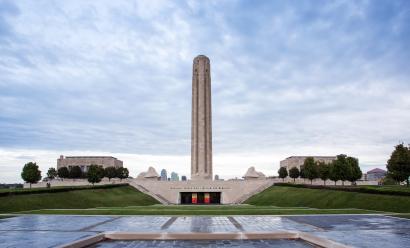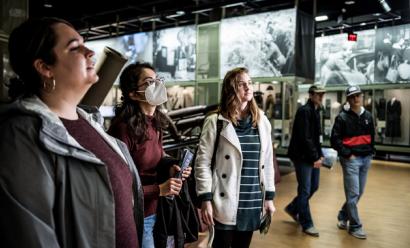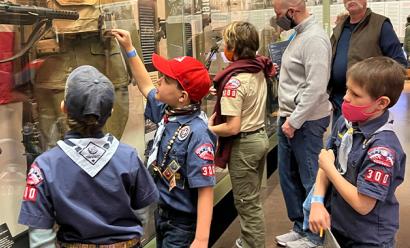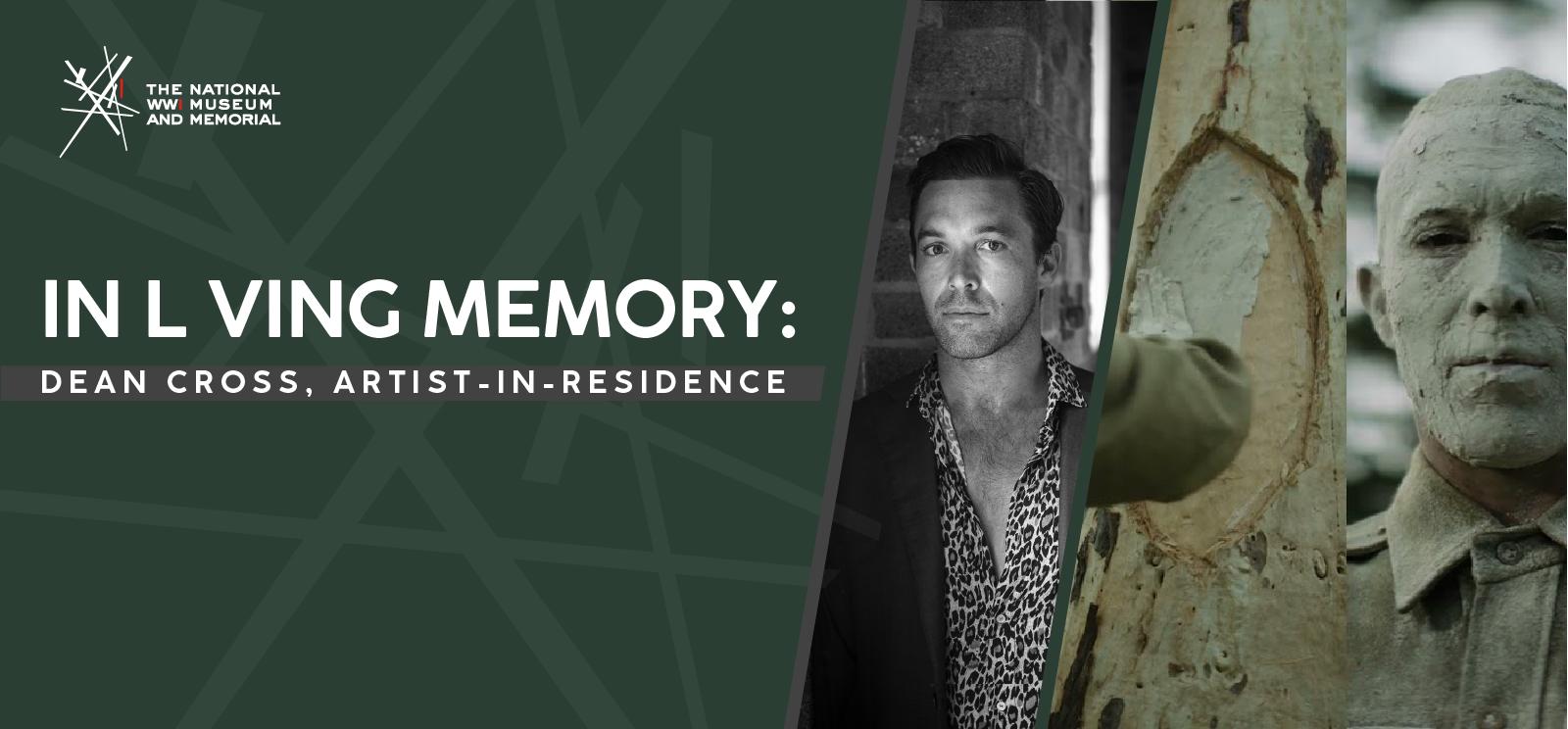
During World War I, Indigenous peoples from around the world played an important role that often goes unrecognized. Thousands of Indigenous people from North America, Australia, New Zealand, and parts of Africa volunteered or were drafted into colonial armies.
In Australia, more than 1,200 Indigenous men enlisted or tried to enlist during the war. About 850 men served, often facing major barriers to do so. Despite these challenges, Indigenous veterans used their military service as a platform to fight for equal treatment and citizenship for themselves and their communities.
Artist-in-Residence Dean Cross was born and raised on Ngunnawal/Ngambri Country and is a Worimi man through his father's family line. He is an artist who primarily works with installations, sculptures, and paintings. Interested in collecting materials, ideas, and histories, Cross understands that his art is part of a continuing living culture on Earth. His work supports First Nations sovereignty through modern art methods. His cross-disciplinary practice often challenges the legacies of modernism and rebalances dominant cultural and social histories.
“Across the Australian landscape, evidence of our Ancestors can be seen in lingering gestures of touch, where ancient hands are carried forward into the 21st century. In the Southeast, where I am from, one of the ways this touch can be seen is in what we call ‘Scar Trees.’ When I make a new Scar Tree, my Ancestors will be able to hold my hands in the same way.
“In the dawn hours of April 25, 1915, my great-great-grandfather George Moss landed at Gallipoli. He was to meet his maker on that Turkish beach. I dedicate In L ving Memory to him as an act of remembrance, honour and service.”
—Dean Cross
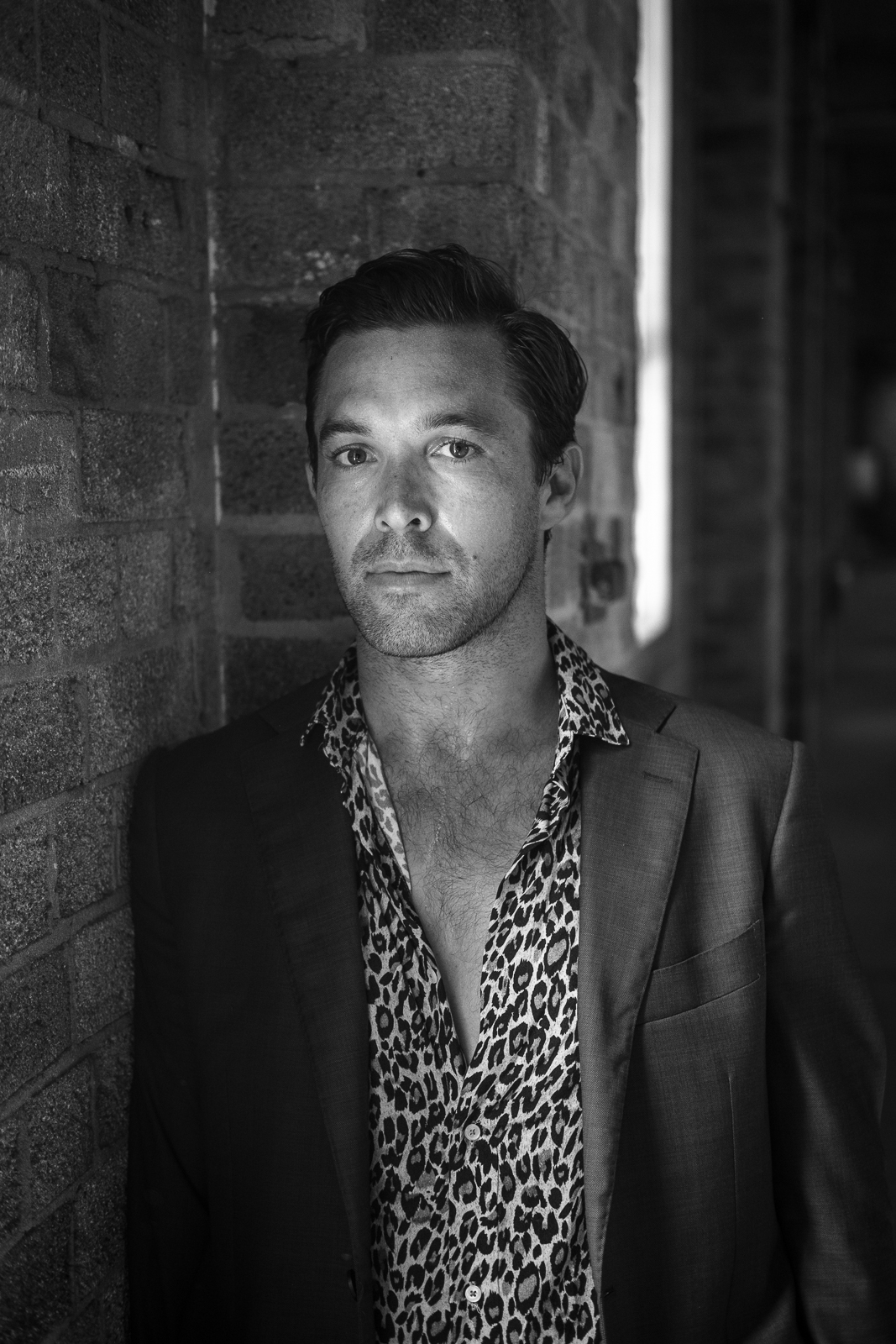
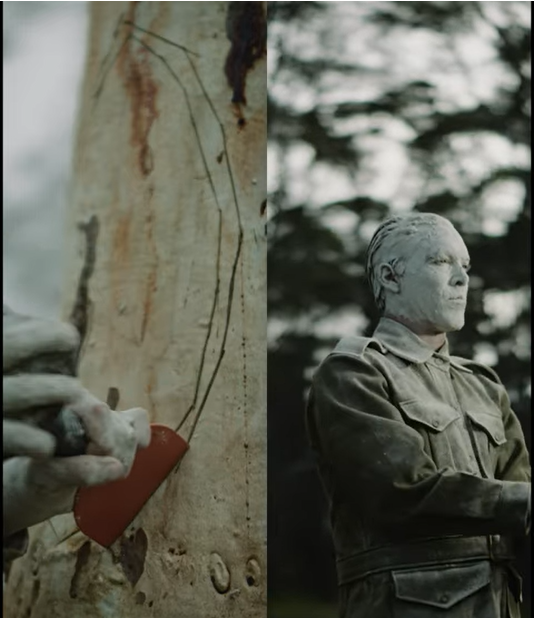
Open Nov. 6, 2025
Ready to come see the exhibition? →
Sponsors
Muriel McBrien Kauffman Family Foundation
Macquarie
PayIt
